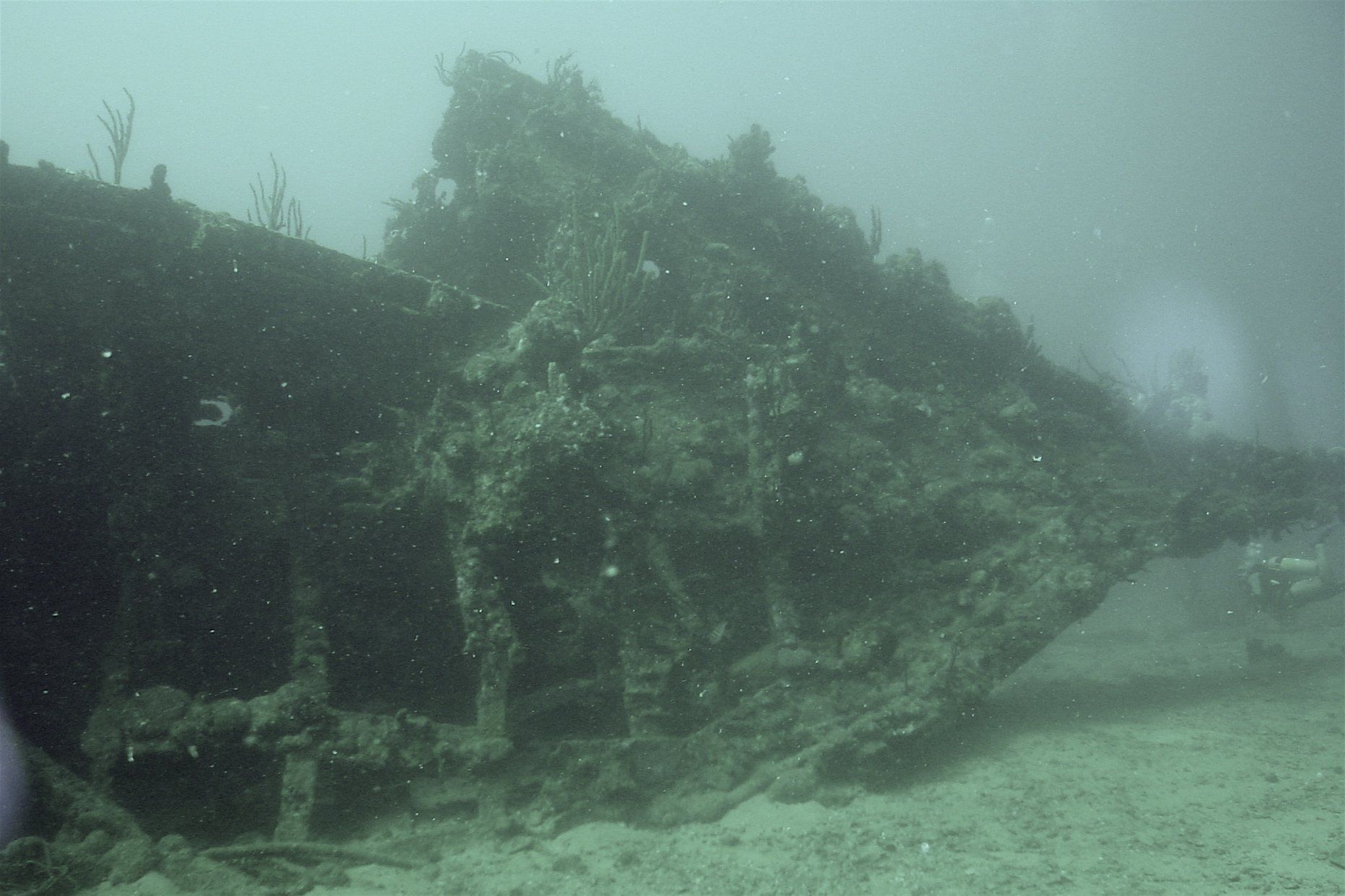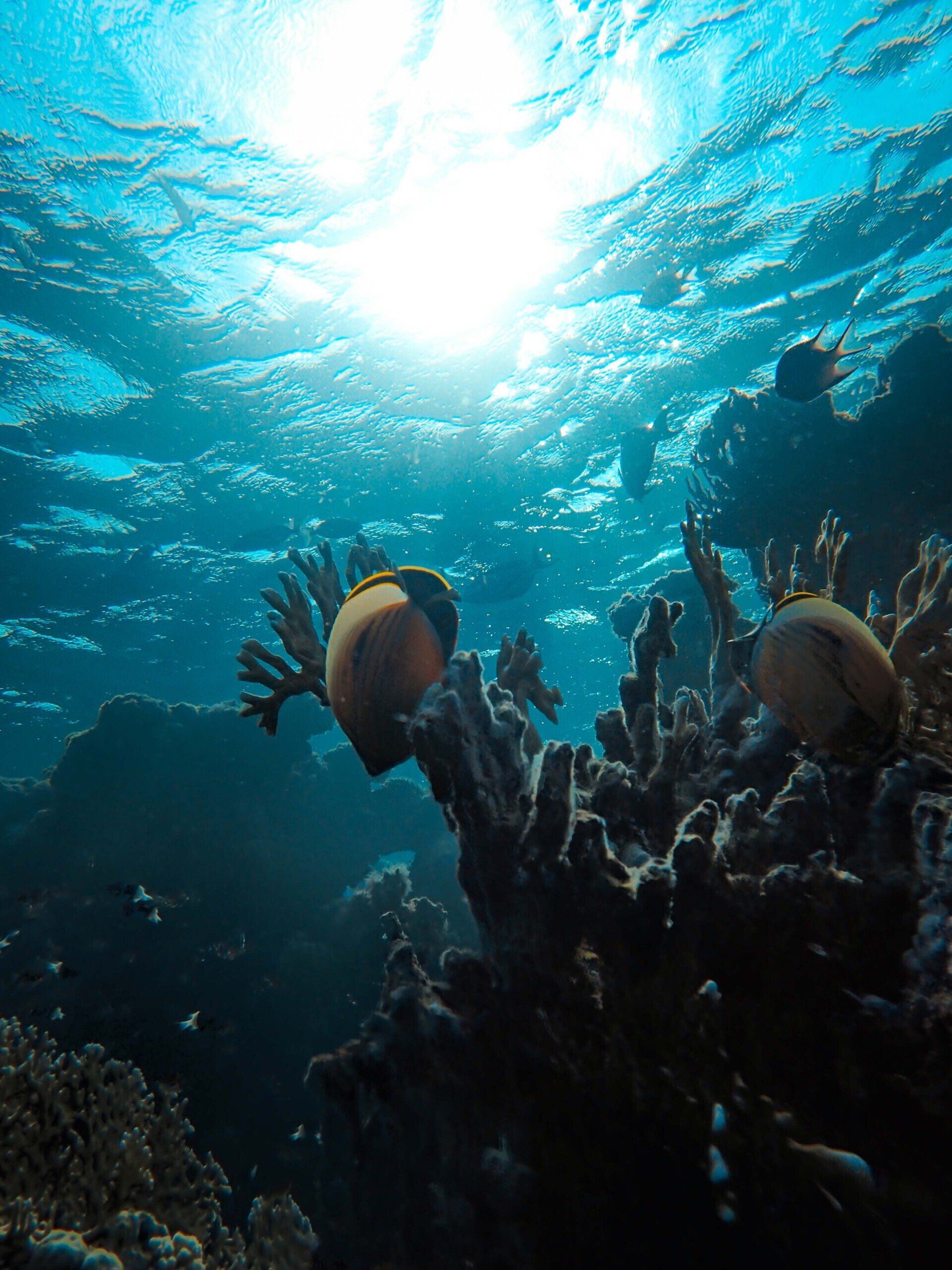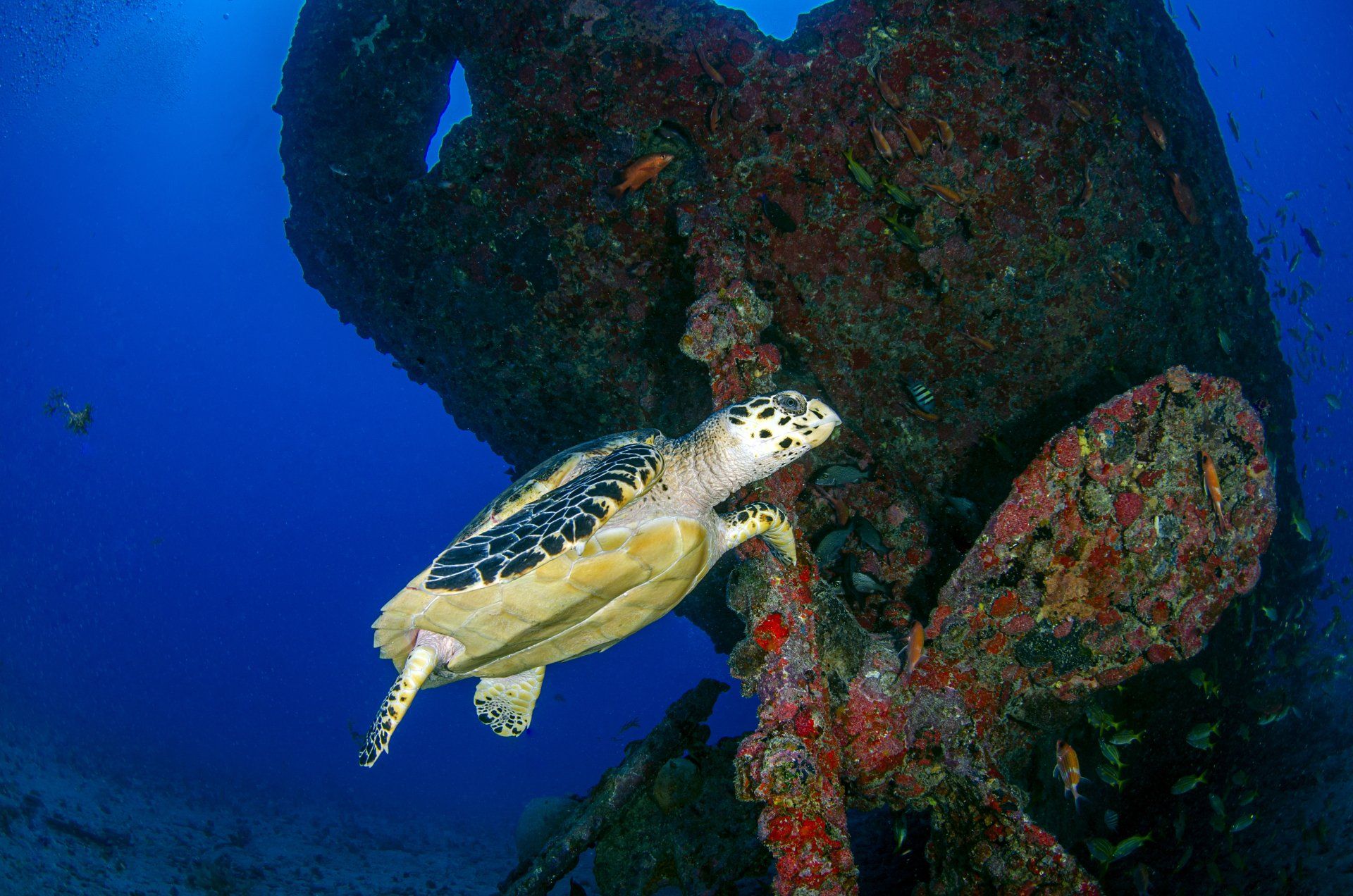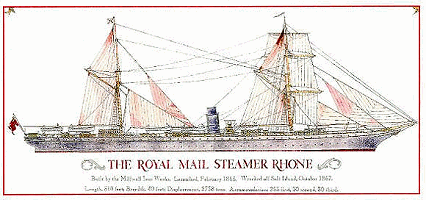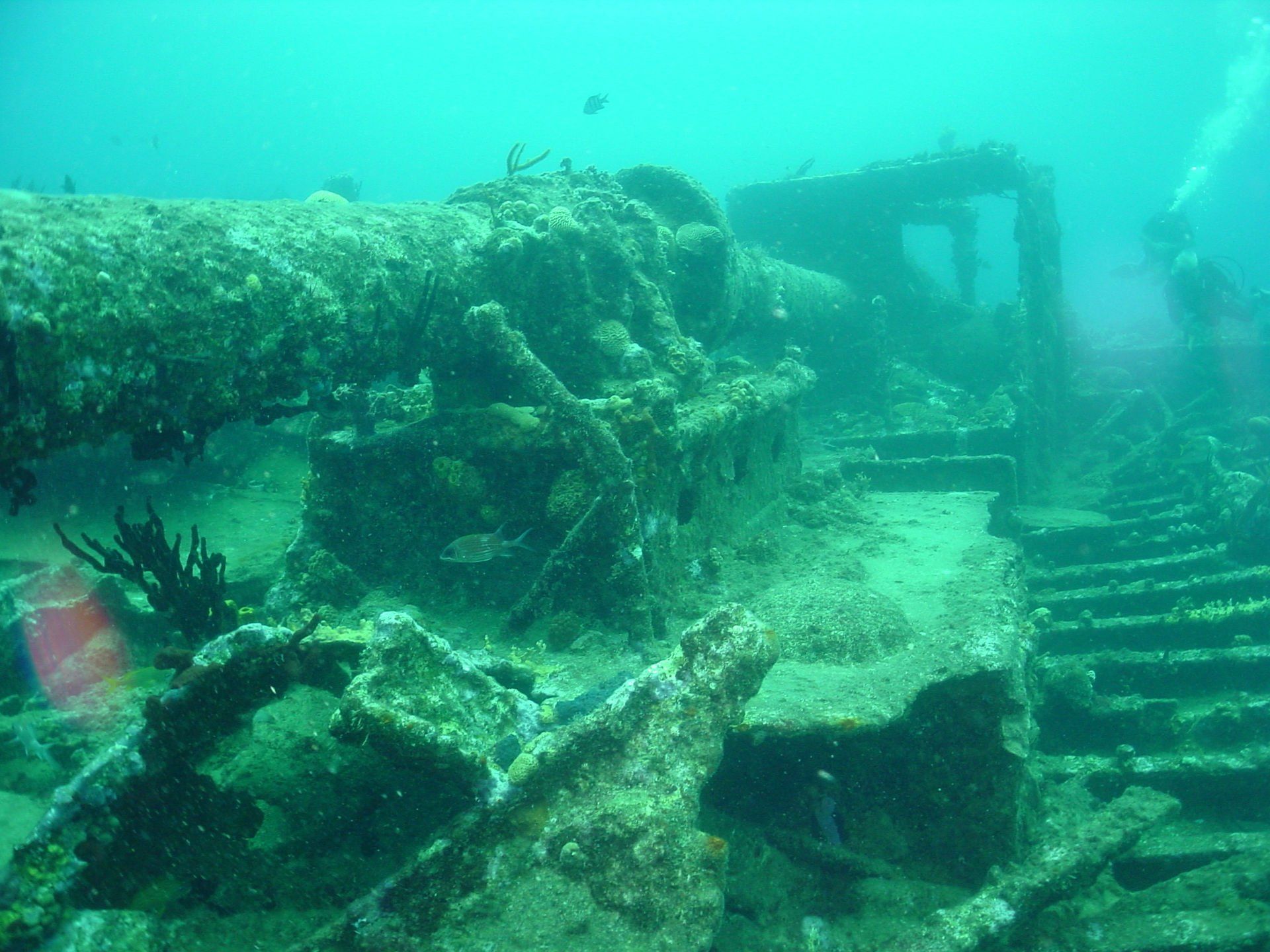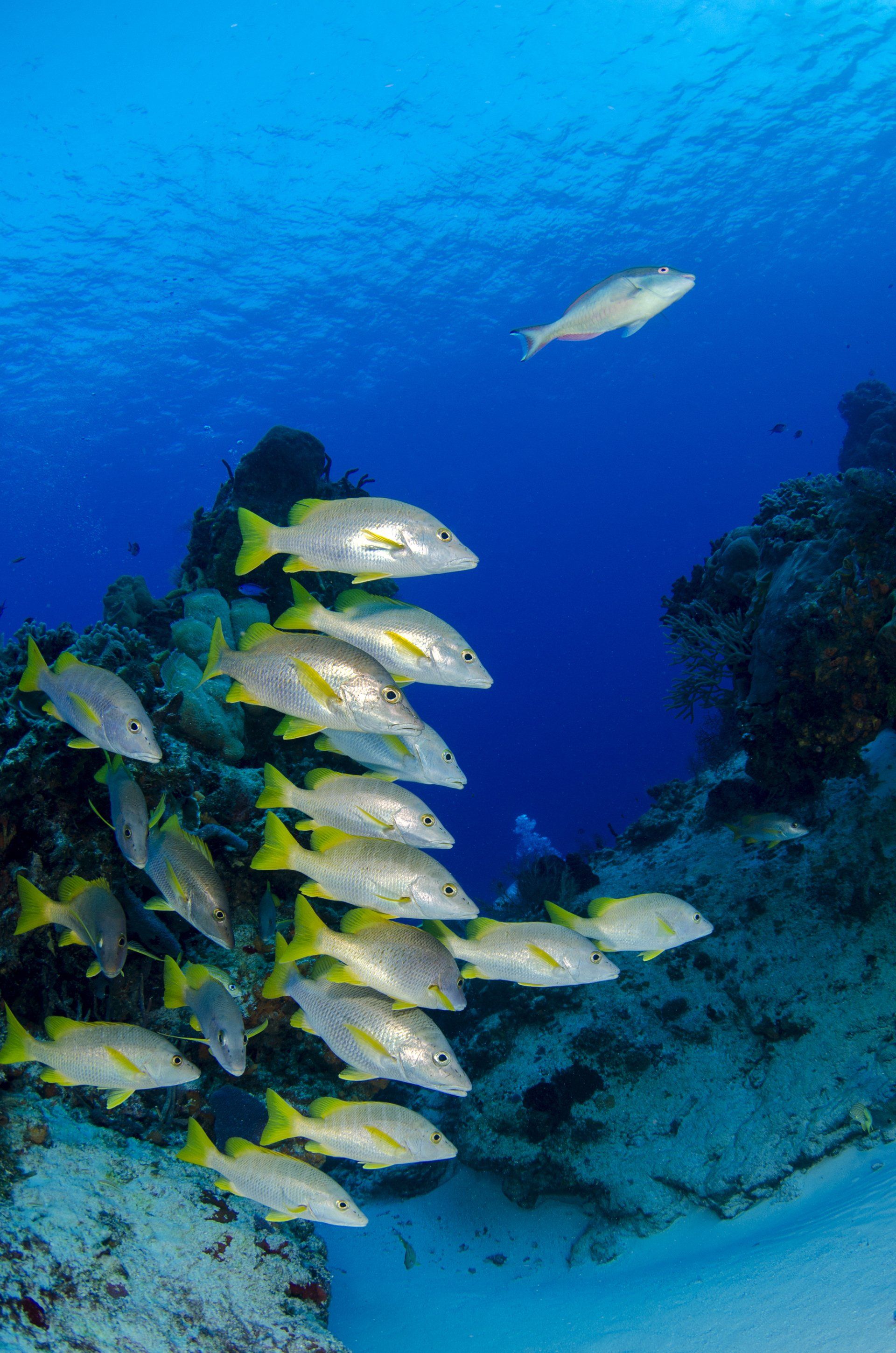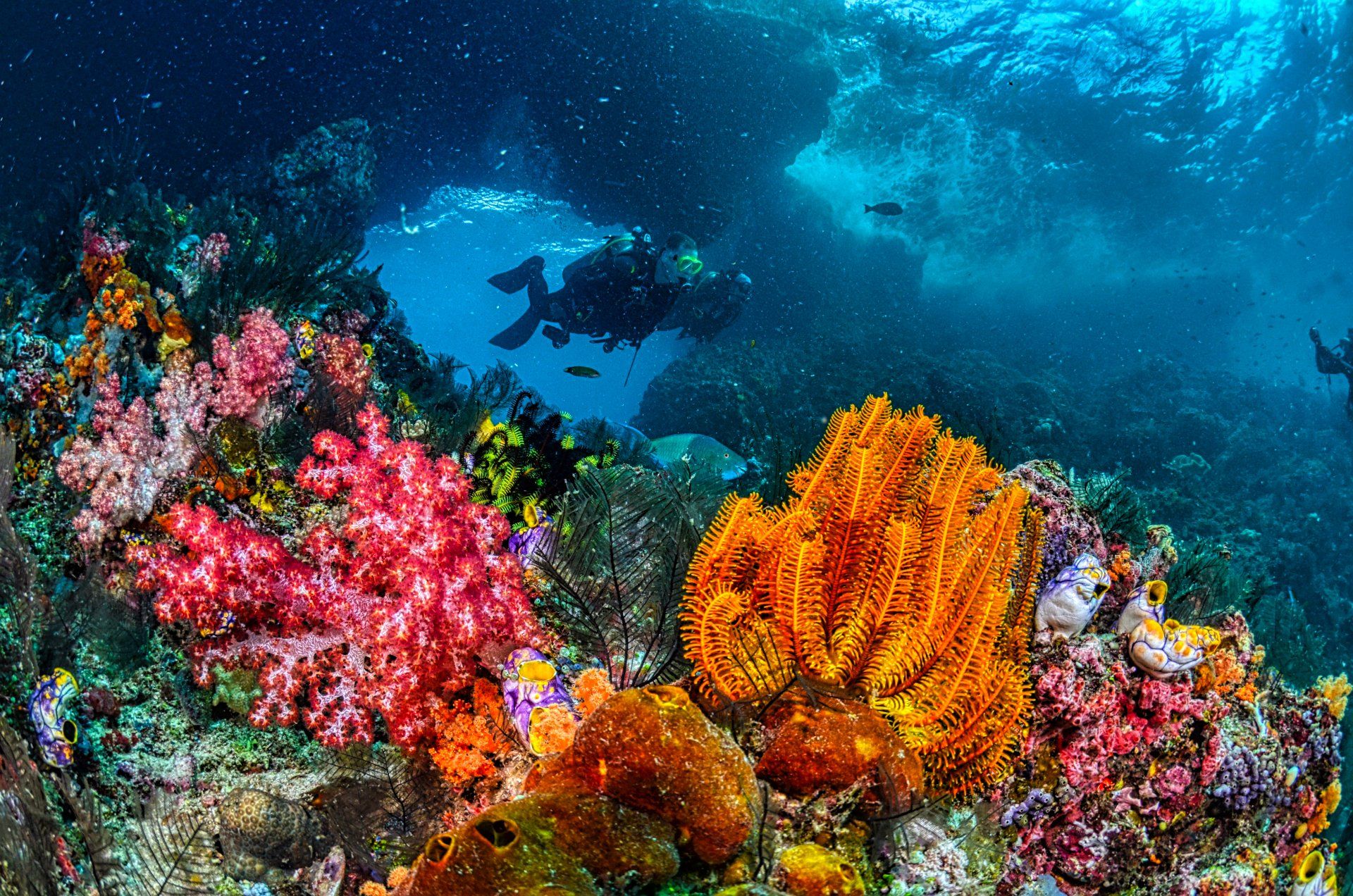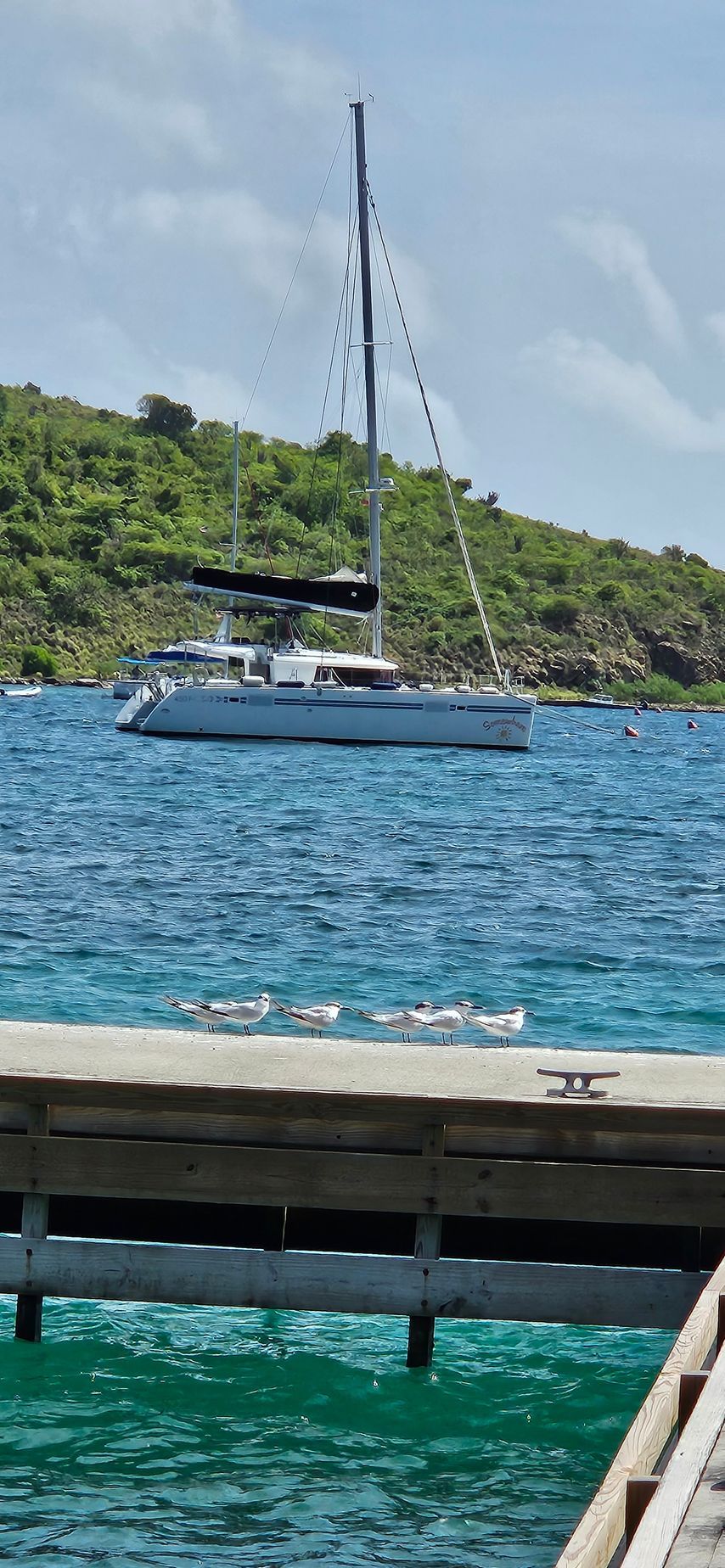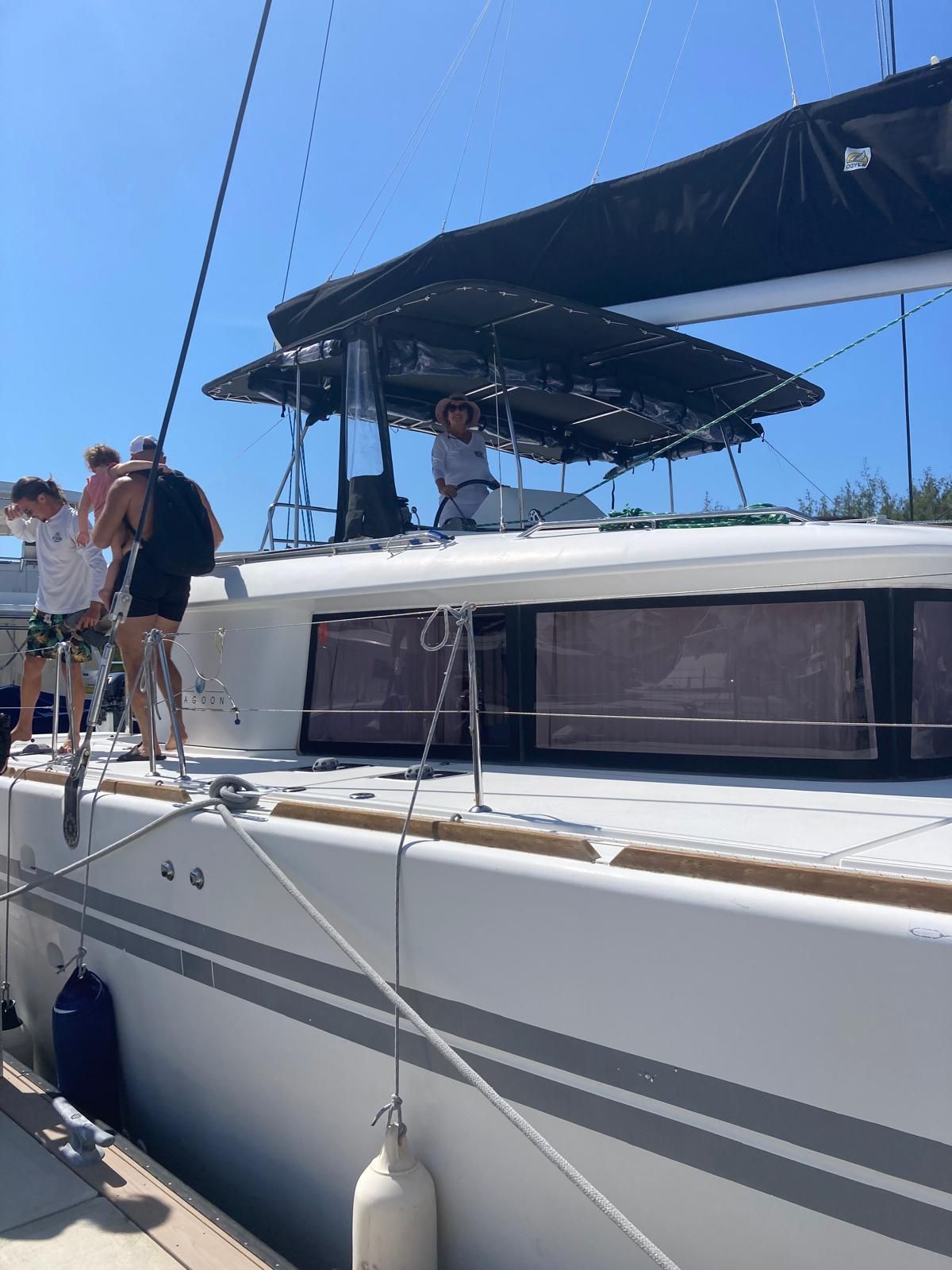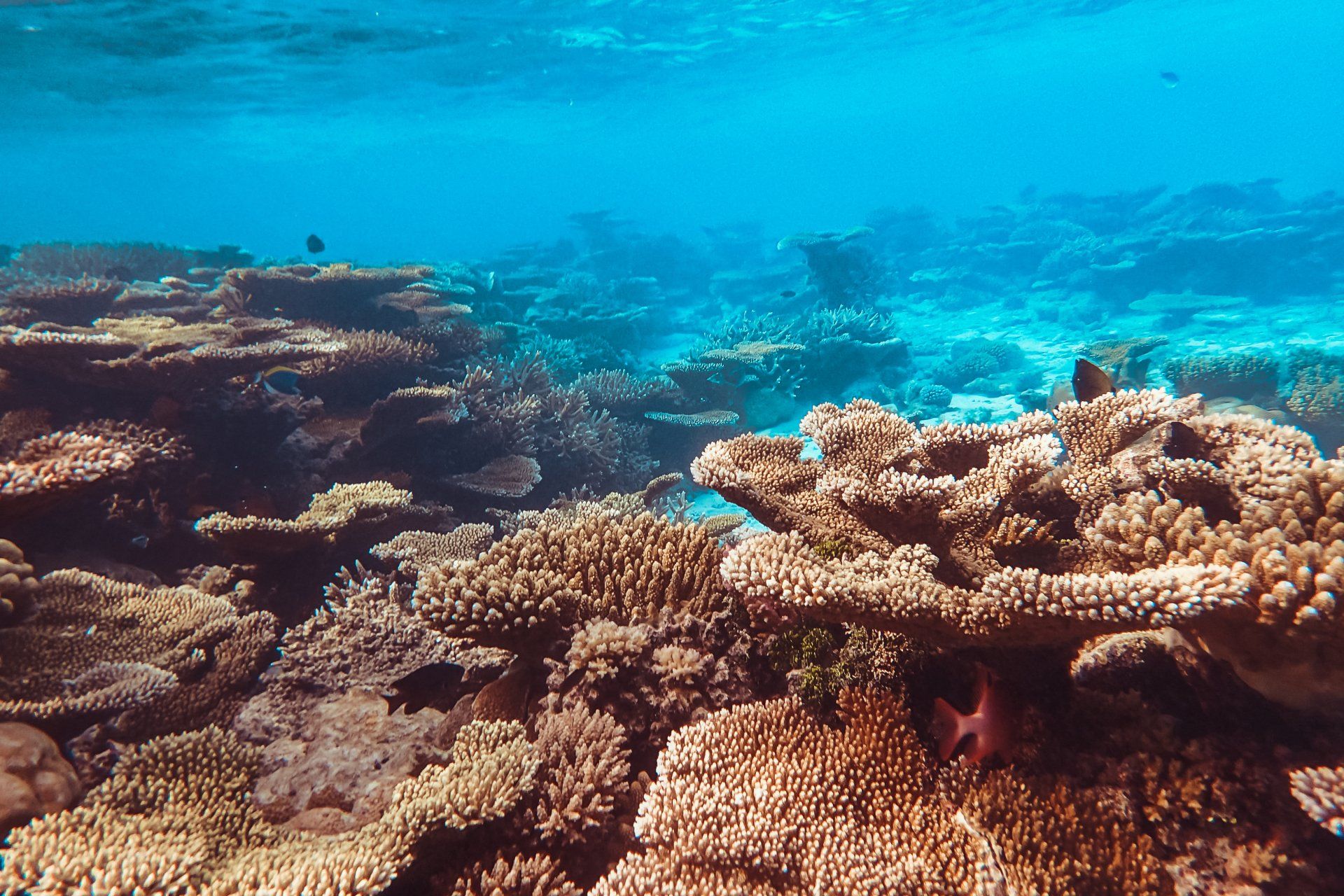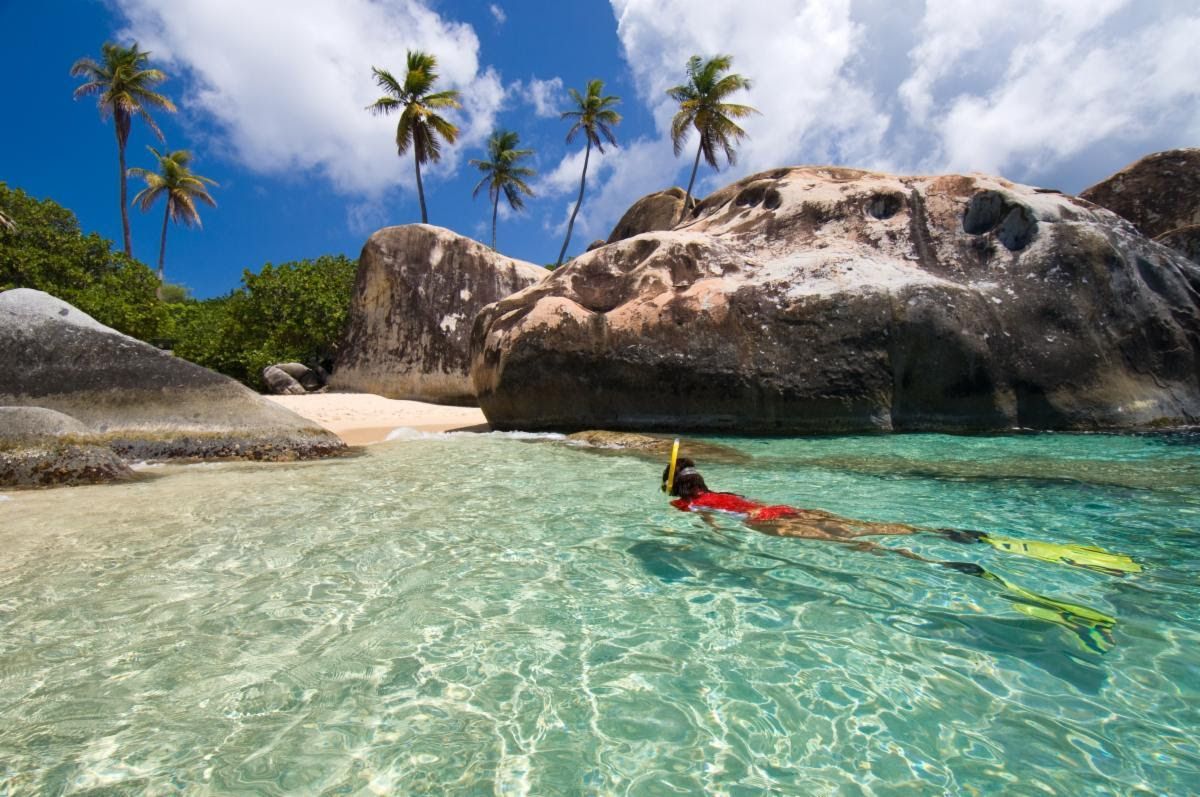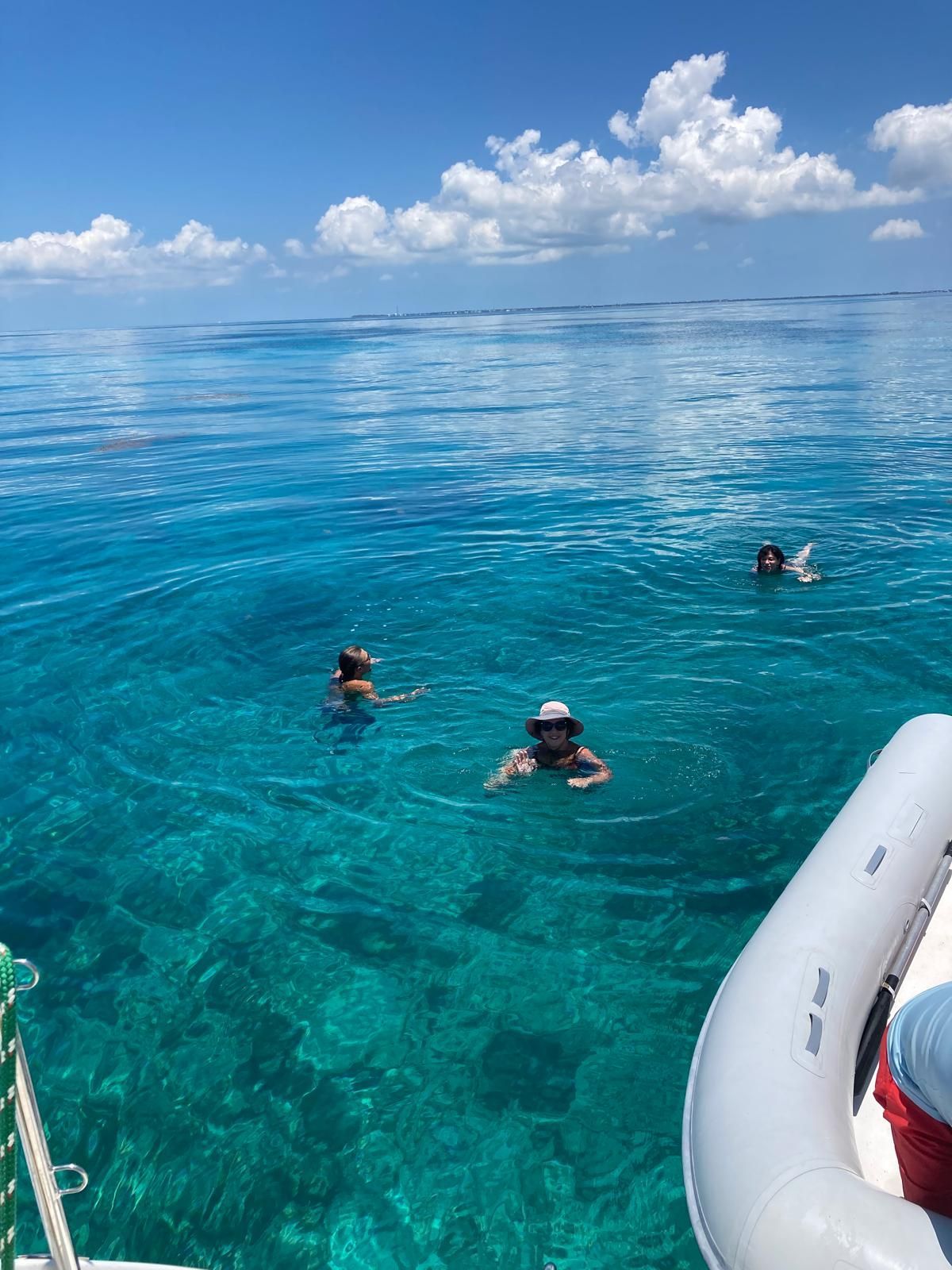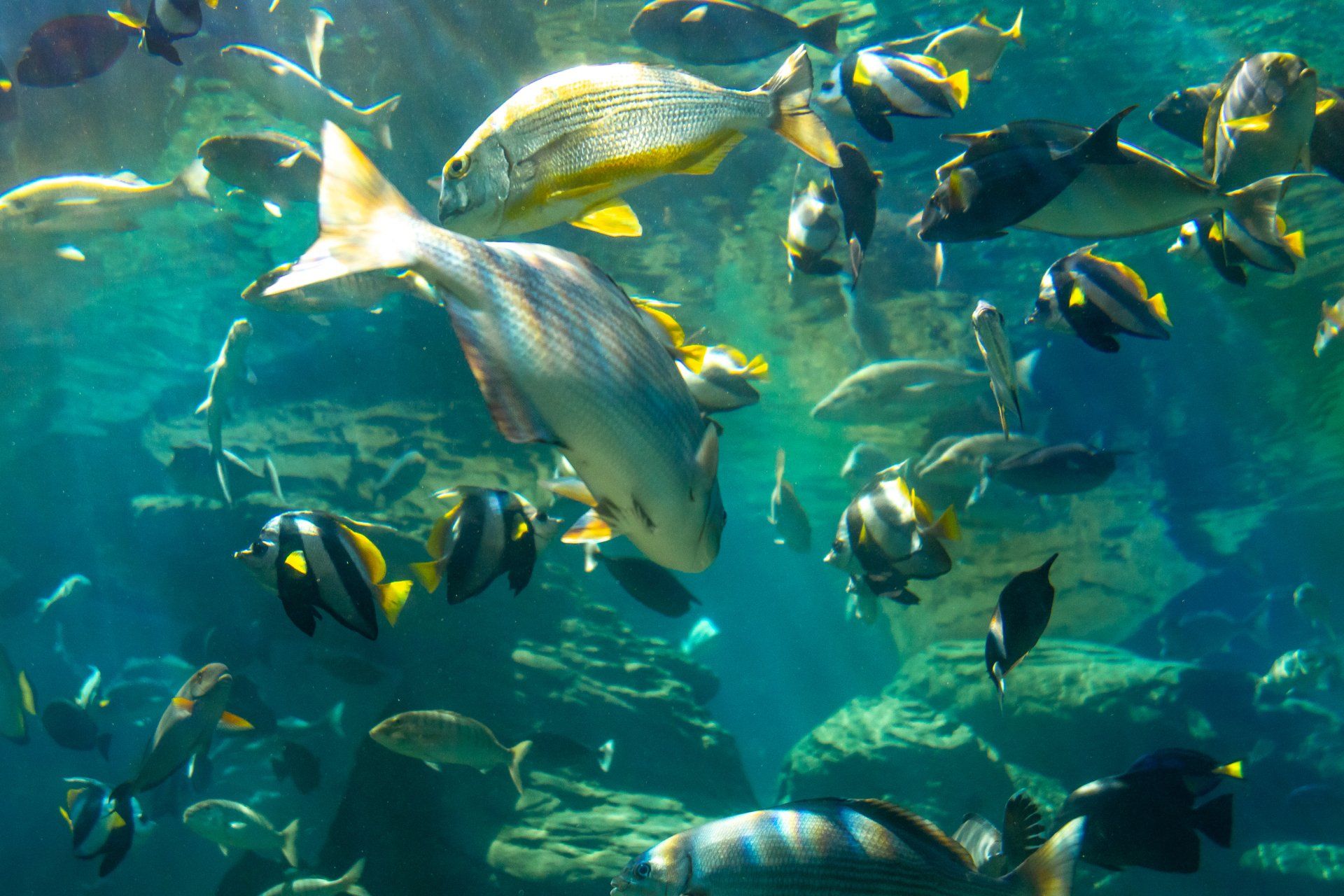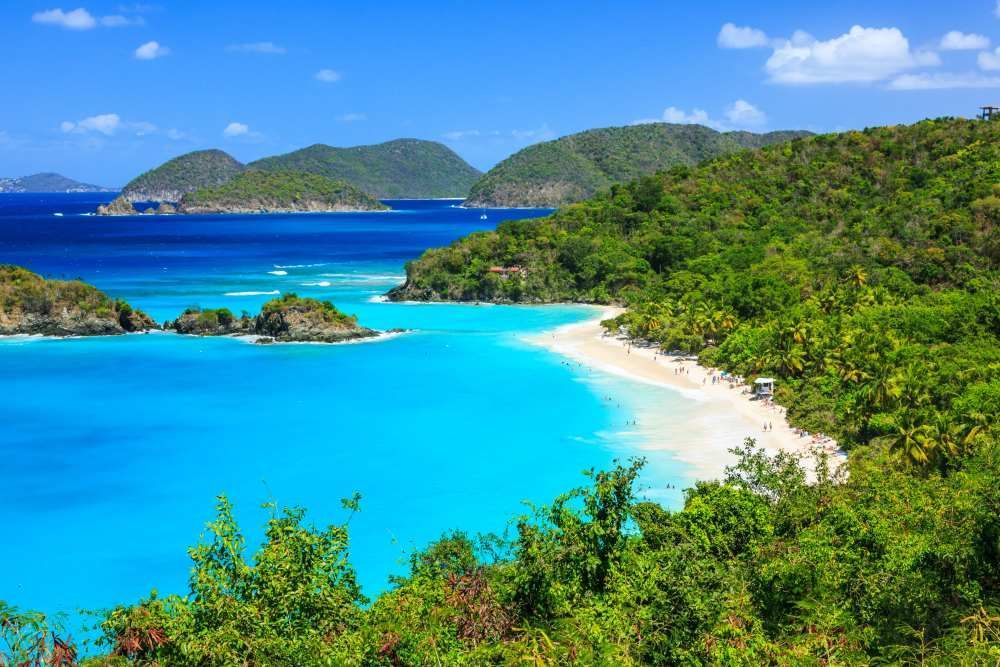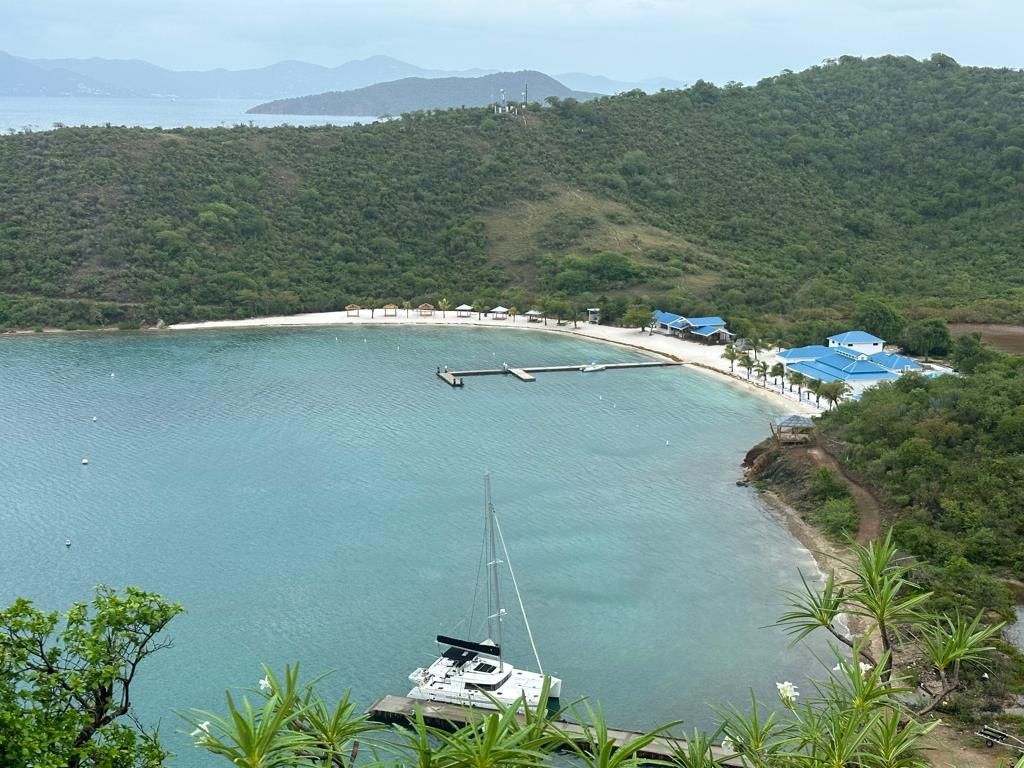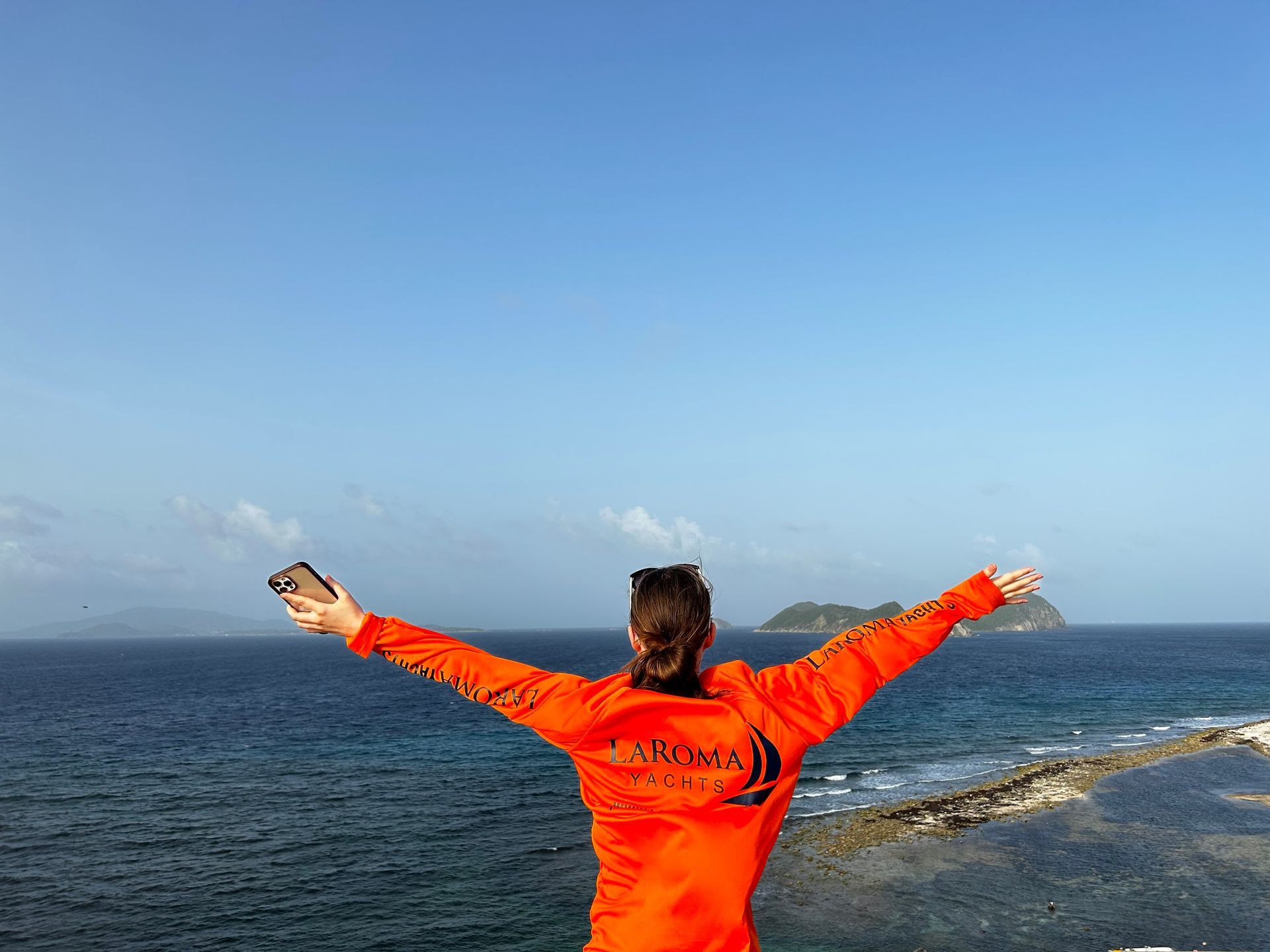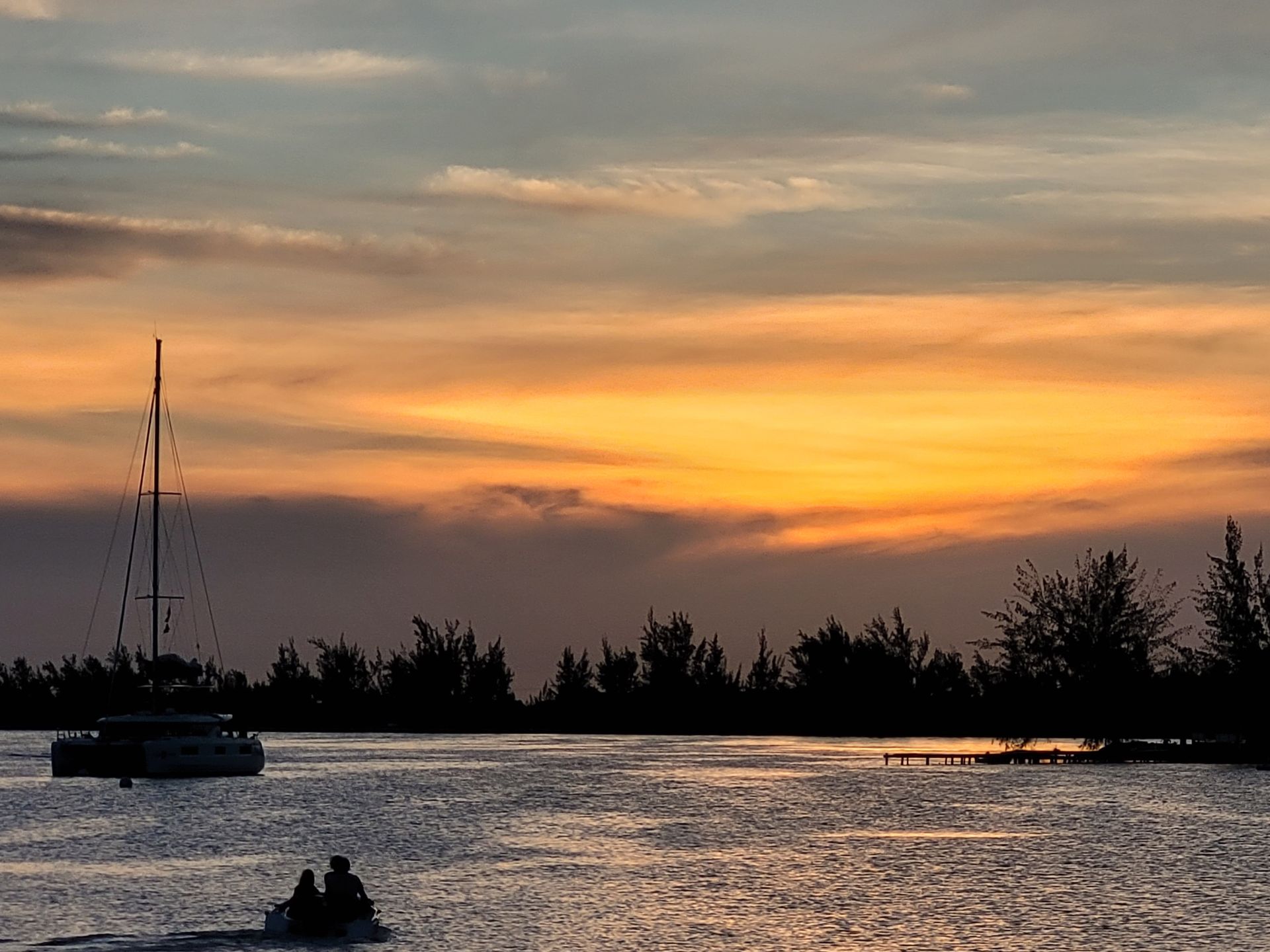Scuba The Wreck of the Rhone
The rest of the story
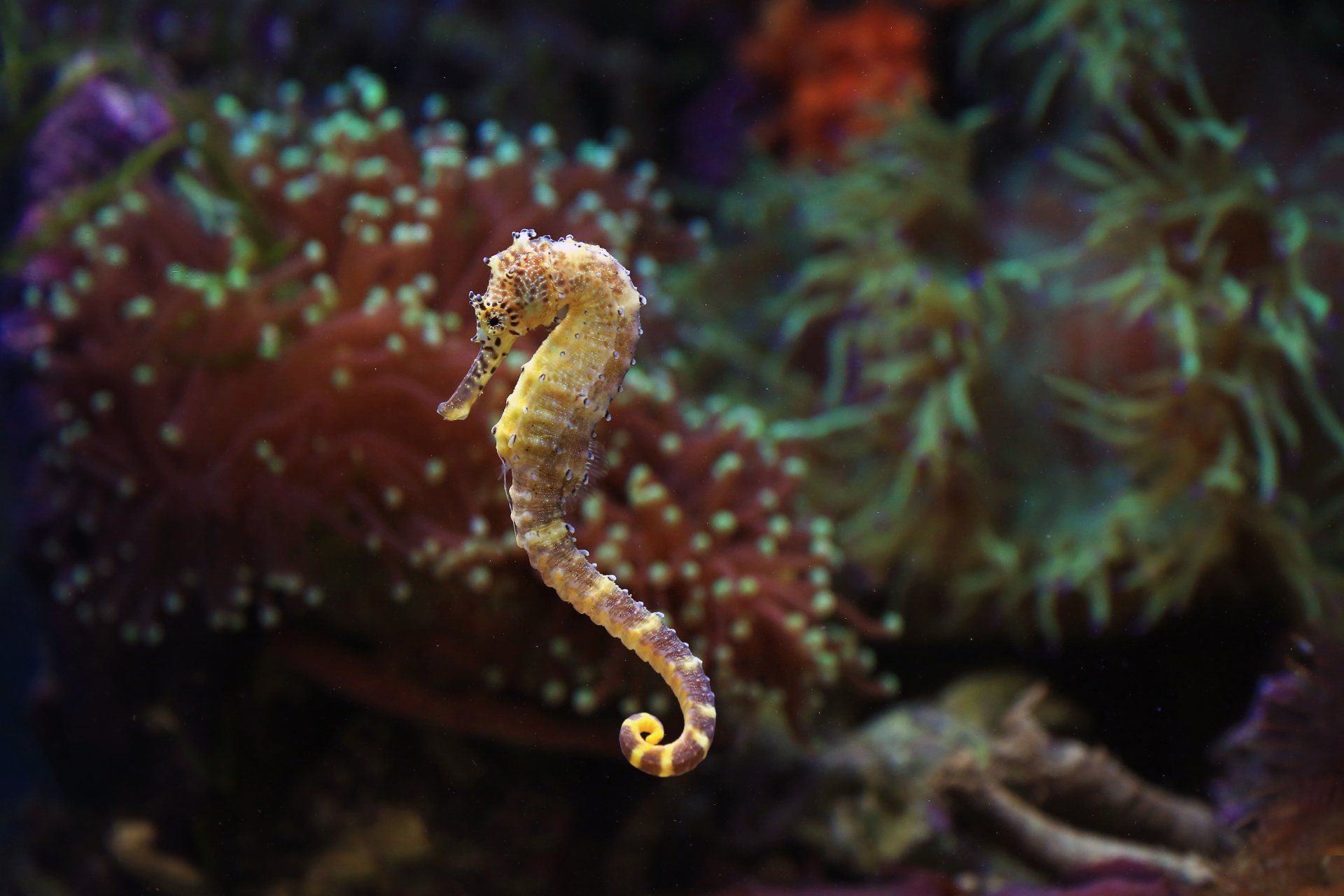
Reel back 110 years to 1867
You’ve likely seen the wreckage in the 1977 film The Deep, with actress Jacqueline Bisset diving in a T-shirt, but you likely don’t know the gripping real story.
Reel back 110 years to 1867. The harvesting of salt was once an annual tradition on Salt Island,
just south of Tortola, going back to the days of Queen Victoria. Residents would gather to
harvest salt from the lake on the island since it was customary for the Governor of the Virgin
Islands to send one pound of salt to the Queen on birthday.
It was October, and Captain Woodley was worried about the weather, even though hurricane
season was supposed to be over. But the Rhone was a hardy ship, having weathered several
storms that destroyed her lifeboats and the mailboat that rode on her starboard side. A storm the
previous year had shattered the cutter, the deck furniture, and injured a sailor.
Both the Rhone and her sister ship the Conway had made it to Great Harbor on Peter Island in
the British Virgin Islands for bunkering to escape an outbreak of yellow fever on St. Thomas. On
October 29, the dropping barometer and darkening clouds threatened, and the first half of a
Category 3 hurricane passed over without much damage. The ferocity of the storm was
worrisome. Not wanting to be driven ashore by the lashing winds after the eye of the storm
passed, passengers were transferred to the unsinkable Rhone to make for open sea, while the
Conway would head for Road Harbour.
The Conway did indeed get away but floundered in the tail end of the storm off Tortola. The
Rhone’s anchor caught fast and today it lies in Great Harbour with the chain still wrapped around
the coral where it was trapped. Captain Woolley cut the anchor loose and tried for open water.
Less than 250 yards from safety, the second half of the hurricane came from the south and the
Rhone was thrown directly into Black Rock Point. Some say Captain Woodley’s clearly visible
teaspoon is lodged in the wreck’s coral. The ship broke in two. Cold seawater making contact
with the hot boilers caused them to explode.
A long-held legend that the mast sticking out of the water was destroyed by the Royal Navy was
refuted by Twice She Struck author Dr. Michael D. Kent. Kent's research. Apparently, the mast
was blown up during salvage by a diver and the bow section, made famous by Jacqueline
Bisset, had probably rolled during another hurricane in 1924.
Where is the the Rhone today?
Today the Rhone sits aside a virtually unoccupied Salt Island. It is now an award-winning top
recreational wreck dive site in the Caribbean, encompassed within a water-based National Park
and very popular among experienced divers. Teeming with marine life, the iron hull is encrusted
with coral and overrun by fish while crevices in the wreckage provide a great habitat for lobsters, eels, and octopuses. The bow section is still relatively intact, but the wooden decks have rotted
away. Very little of the wreckage is still enclosed, and where overhead environments do exist,
they are large and roomy providing an excellent swim-through.
Try to find the "lucky porthole" a brass porthole in the stern section considered "lucky" because the glass has survived intact. It stays shiny from divers rubbing it for good luck. The wreck's maximum depth is 85 feet of water.

